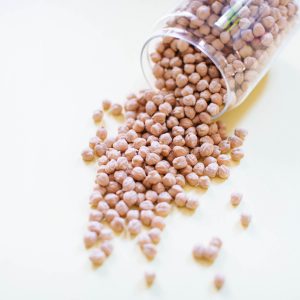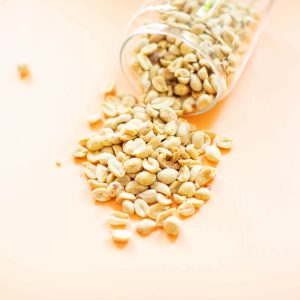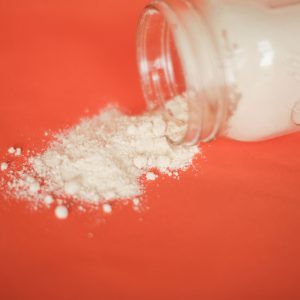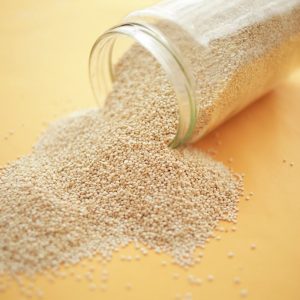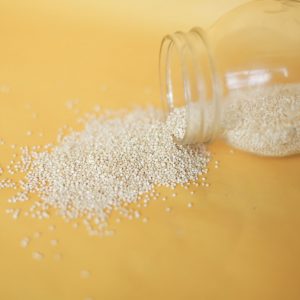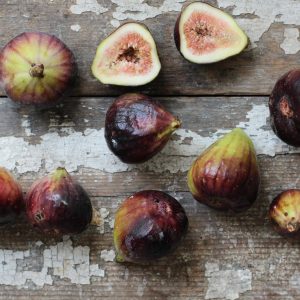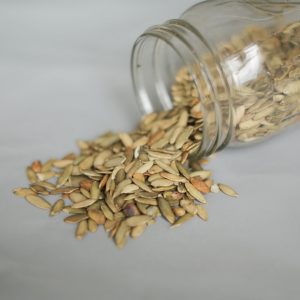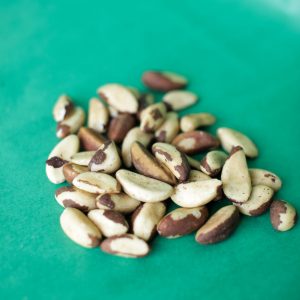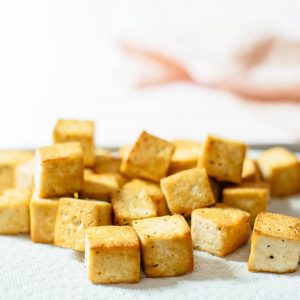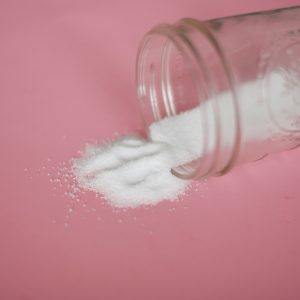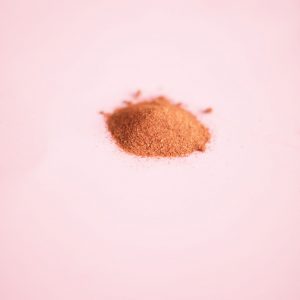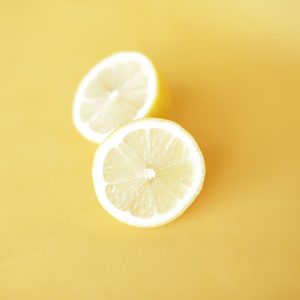Ghee is a delicious clarified butter that originated in ancient India.
Ghee is traditionally made from cow’s milk. This particular type of butter has less milk protein and sugar than traditional variations of butter. It’s made by heating traditional cows milk butter until the solids can be skimmed away, leaving just the liquid fat content. Ample vitamins and minerals are retained during this process because it is conducted at fairly low heat.
Health Benefits of Ghee:
Ghee is primarily a source of fat, with about 25% of its fat content made up of monounsaturated fats. Monounsaturated fats can help contribute to lower cholesterol levels and better heart health. About 75% of the remaining fat is made up of saturated fat. While saturated fat is traditionally considered to be an “unhealthy” fat, ghee is a bit of a special case scenario. The saturated fat in ghee can be related to that found in coconut oil – while saturated, it is made up of short-chain fatty acids that are easier to digest and may contribute to cell integrity as well as energy.
Nutrient Breakdown of Ghee:
*Per 1 teaspoon
- Carbohydrates | 0g
- Protein | og
- Fat | 100g
- Vitamin A |12% DV
- Vitamin E | 2% DV
How To Use:
You can use ghee in place of butter or coconut oil in many recipes. It’s also great for roasting or frying vegetables due to its high smoke point!
Recipes:
NS Recommends:
If you’re lactose intolerant and looking for an alternative to butter, try ghee! Due to the fact that ghee is clarified, it is both casein and lactose free.




























